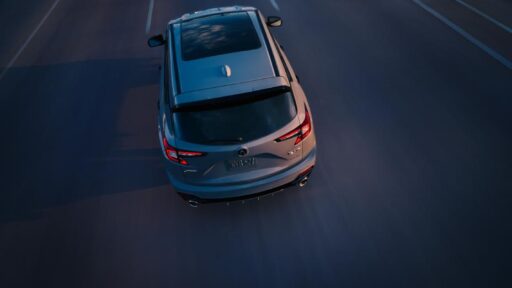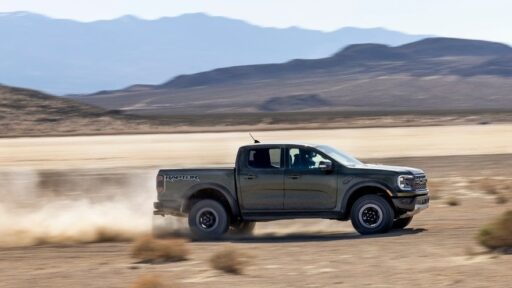“Close-up” is a series by the Mercedes-Benz Museum that offers an in-depth look at unique vehicles, exhibits, and design features. The latest spotlight is on the Mercedes-Benz 230 G DLRG emergency vehicle from 1982, now displayed in Collection Room 5: Gallery of Everyday Heroes.
No. 6/2024: The DLRG’s Mercedes-Benz 230 G Emergency Vehicle In 1979, the Mercedes-Benz G model 460 series made its debut, quickly becoming a favorite among rescue organizations like the DLRG (German Life Saving Association) due to its exceptional off-road capabilities.
READ MORE: Polestar 4: A Fusion of Automotive Innovation and Fashion-Inspired Design
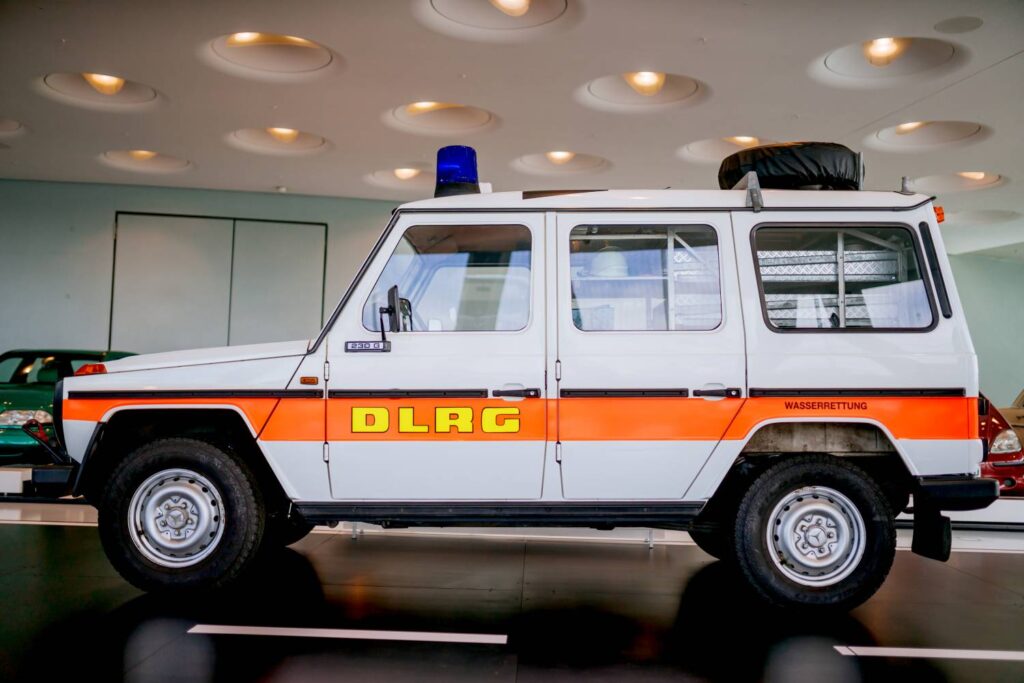
These vehicles were essential for reaching difficult terrains such as beaches or flooded areas during emergencies. This legacy continues today with the G-Class 464 series, designed for rescue and special operations.
Serving nearly 40 years along the river Main, the 230 G, converted into a water rescue vehicle by Ziegler in 1982, remained in service until 2021. Unlike other classic cars of its age, the DLRG’s 230 G retains its original license plate, marked with “F” for Frankfurt am Main and the number 373.
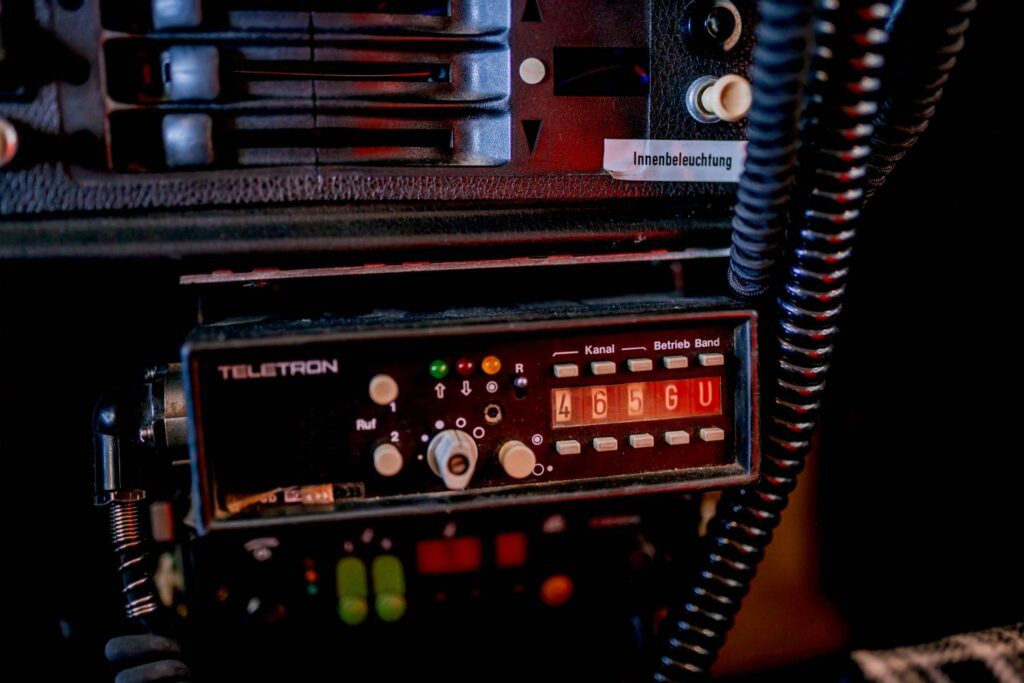
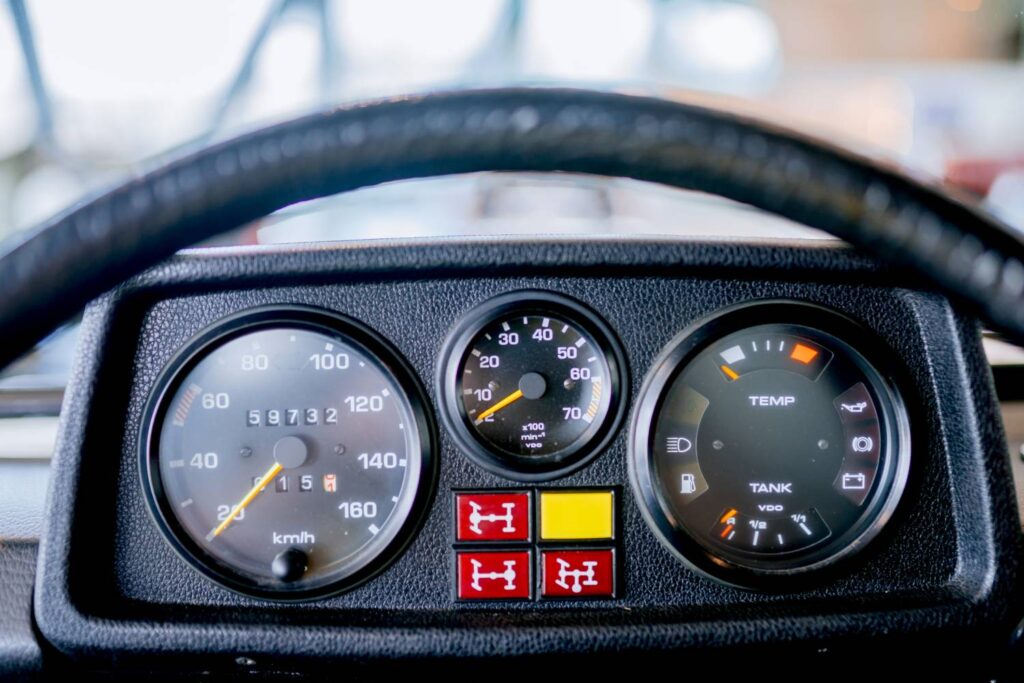
An all-wheel-drive marvel, the 230 G continued the tradition started by the Mercedes-Benz Unimog in 1949, which also gained popularity among rescue organizations for its versatility.
The DLRG’s 230 G was specially equipped with tools such as a two-way radio, blue beacon, front flasher, horn, and a powerful front cable winch, all crucial for its water rescue missions.
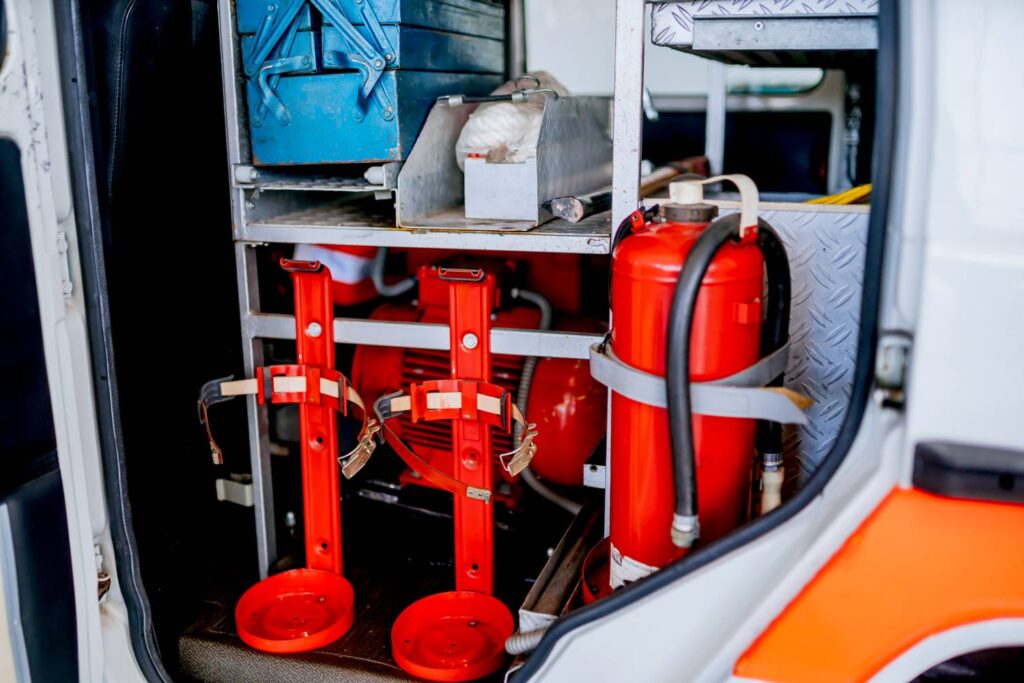
In the 1980s, the vehicle, powered by a 102 hp, 2.3-liter four-cylinder engine, was used by the Frankfurt DLRG diver team. The vehicle’s interior was thoughtfully designed with black and white chequered seats, ample storage for diving gear, and a drawer system accessible from the two-part tailgate.
The equipment list included essentials like diving suits, fins, depth gauges, and a compressor, illustrating the vehicle’s extensive capabilities.
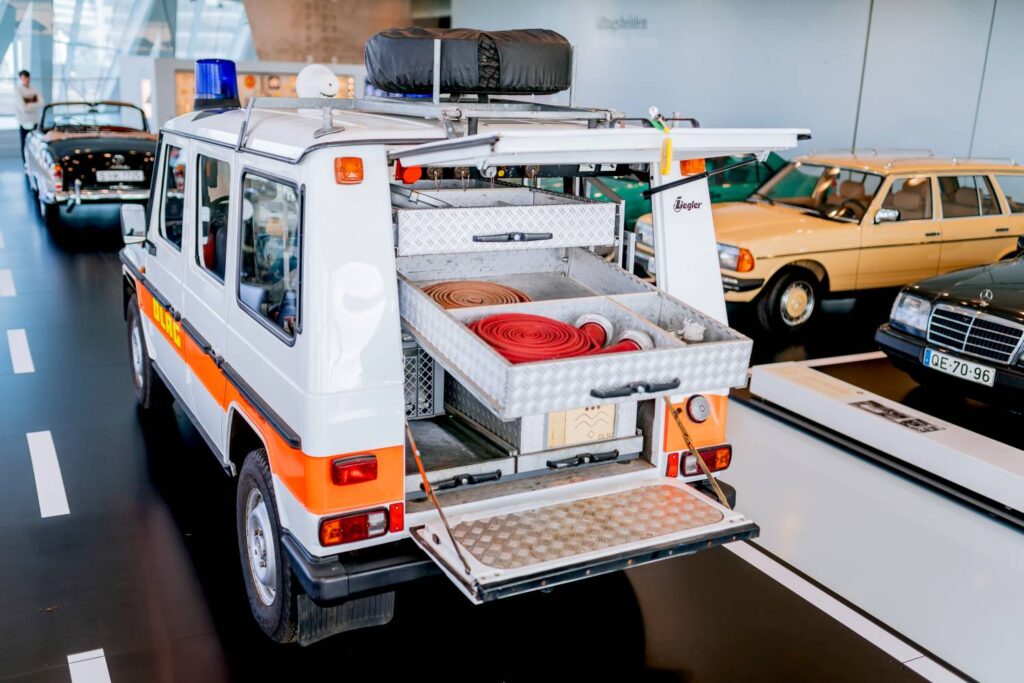
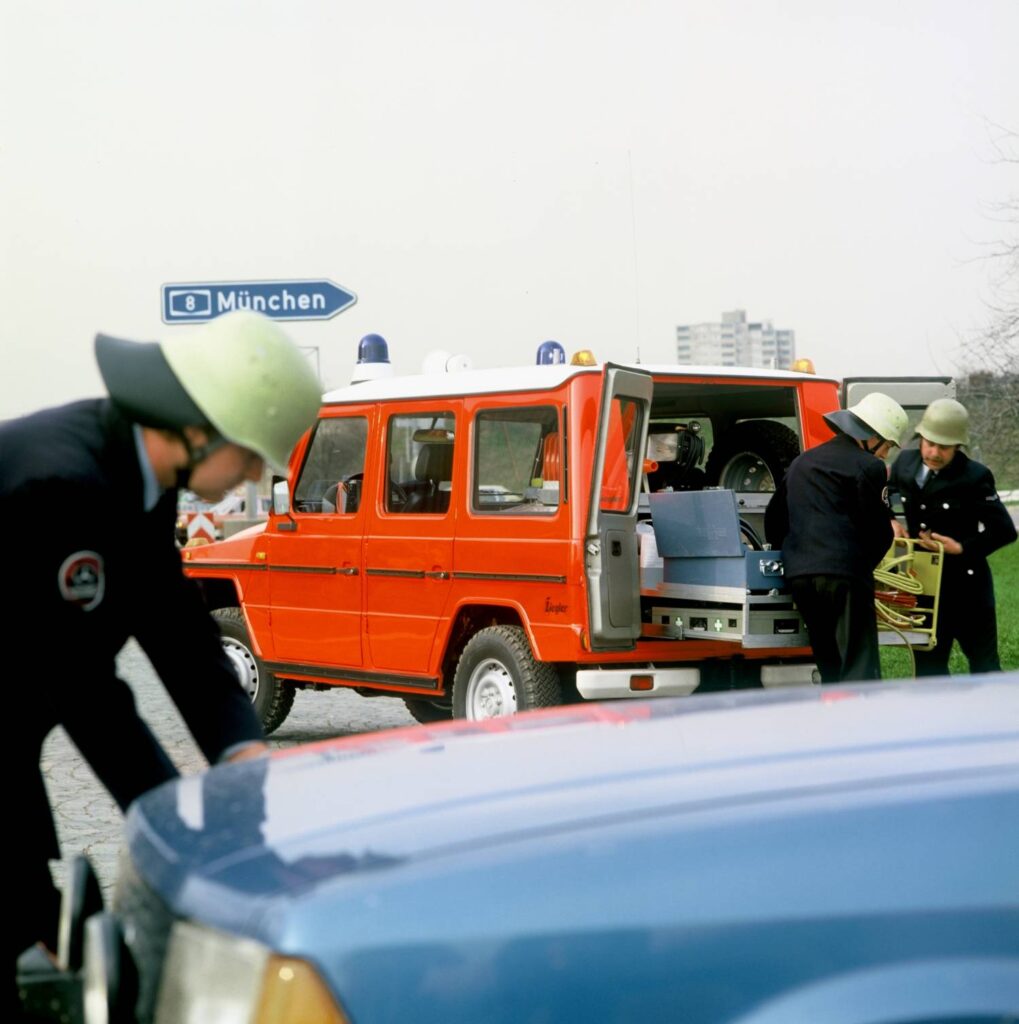
The 230 G also excelled in towing operations, particularly in flood relief efforts around Frankfurt, where its fording ability and pulling power were highly valued by the DLRG boat group. It was frequently deployed for seasonal rescue operations and technical assistance, equipped with tools like a chainsaw, helmet, and protective clothing.
Now retired, the 230 G is on display at the Mercedes-Benz Museum, where visitors can admire it up close before it “sets off” on its next mission.
READ MORE: Bentley Blower Jnr: Custom Configurations Unveiled for Iconic Electric Replica
Subscribe today for the freshest car news delivered to your inbox
